According to forecasts from professional agencies, in Quang Tri province, the average monthly temperature in 2024 tends to be higher than normal; heat waves appear early, are likely to occur more frequently and more severely than in previous years; rainfall is 10% - 30% lower than the average. On rivers, water flows are also lacking compared to the average of the same period. Drought is at high risk of occurring from the beginning of 2024 and lasting through 2025.
In response to that forecast, the provincial Department of Agriculture and Rural Development coordinated with localities to proactively implement solutions to prevent and combat drought right from the beginning of the winter-spring crop. In particular, the Department focused on directing units under the Department to effectively implement scientific irrigation measures to save irrigation water and ensure sufficient irrigation water for agricultural production for both crops of the year.

Winter-spring rice care - Photo: TCL
In 2024, units operating in the irrigation sector will be assigned plans and tasks to exploit, manage and supply irrigation water for agricultural production for a total area of nearly 54,000 hectares. Of which, 49,180.6 hectares will be used for rice irrigation; 2,403.55 hectares for short-term industrial crops; 470.39 hectares for long-term industrial crops, fruit trees, and medicinal plants; and nearly 1,946 hectares will be used for aquaculture. In addition, irrigation stations must also provide a certain amount of water for livestock farming.
In order to effectively implement the proposed plan, the Irrigation Sub-Department proactively advised the Department of Agriculture and Rural Development on synchronous solutions for construction and non-construction works; at the same time, promptly implemented scientific irrigation measures to ensure service for agricultural production, improve productivity, quality and growth of the industry in 2024. Currently, the capacity of irrigation and hydropower reservoirs in the province has reached the average level.
However, in the face of the possibility of severe drought, units in the irrigation sector proactively regulate the amount of water supplied to the fields in accordance with each field area and each growth stage of the crop. The Department of Agriculture and Rural Development coordinates with localities to develop and implement solutions to prevent and combat drought from the beginning of the 2024 winter-spring crop such as: propaganda, popularization of water-saving use, application of scientific irrigation solutions, conversion of crop structure...
The most effective scientific method of watering rice plants to save water today is the alternating wet and dry irrigation technique as recommended by the International Rice Research Institute. For rice plants, it is not always necessary to flood them, but there are stages of plant growth, just need to put water into the field up to 3 cm or drain the water to promote root development.
Through the practical implementation of this irrigation method in rice growing areas in the province, the number of irrigation pumps has been reduced by half. To implement this irrigation method, farmers place perforated plastic pipes on the rows, with 5cm markings inside to monitor the water level in the fields, the pipe section is 30cm above the field, the pipe section is 20cm buried in the ground.
The amount of water depends on the growth process of the rice plant. After 7 days of sowing, it is necessary to keep the water in the field from the surface of the field to the water level about 1 cm higher than the field surface. Then, continue to keep the water level in the field from 1 - 3 cm according to the growth stage of the rice plant until the second fertilization. This is the stage when the rice needs a lot of water to grow, so do not let the field surface dry out. Keeping water in the field at this stage also limits the growth of weeds. Water once with the amount of water from 200 - 300 m3 / ha.
When the rice enters the intensive tillering stage (the stage when the rice is about 25 - 40 days after sowing), it only needs a moderate amount of water. At this time, it is necessary to drain the water from the surface of the field for 5 - 7 days to limit the rice from ineffective tillering. Keep the water level in the field from the same level as the field surface to 15 cm lower than the field surface.
When the water level drops 15 cm below the field surface, add water to the field to a maximum of 5 cm above the field surface. During this time, continuously perform alternating wet and dry irrigation (that is, the water in the field slowly drops to the 15 cm line below the field surface, then add water to a maximum of 5 cm). At this stage, the rice leaves develop close to the canopy, so weeds cannot grow and compete with the rice plants.
During the period when rice plants are susceptible to pests and diseases, the water level in the field should be kept low. Sometimes the field should be left dry so that pathogens cannot spread and will be less likely to spread. During this period, watering should be done with 500 - 700 m3/ha.
This method of water regulation will expose the field surface, the water level will be below the field surface (but not lower than 15 cm from the field surface) will help the rice roots penetrate deep into the soil, both preventing lodging and making it easier to harvest, reducing post-harvest loss compared to continuous flooding.
During the stage of fertilizing rice (rice from 40 - 60 days after sowing), it is necessary to pump water into the field 1 - 3 cm high before fertilizing to avoid light from decomposing and evaporating the fertilizer. The stage of rice from 60 - 70 days is the flowering stage, so it is necessary to keep water in the field for the rice to flower and pollinate easily, and the rice grains are not empty.
During this stage, water is applied once with 700 m3/ha of water. During the milky, firm and ripening stage (rice from 70 days onwards), the water level is only kept at the same level as the field surface to 15 cm lower than the field surface. During this stage, water is applied once or twice (each irrigation is 10-15 days apart) with 600-700 m3/ha of water. About 10 days before harvest, drain the water to let the field dry out gradually until the harvest day, when the water is completely drained to make it easier to harvest by machine.
Applying scientific irrigation methods not only saves water but also increases crop productivity. Farmers need to follow this irrigation technique to achieve high production efficiency.
Tran Cat Linh
Source



![[Photo] Bustling construction at key national traffic construction sites](https://vphoto.vietnam.vn/thumb/1200x675/vietnam/resource/IMAGE/2025/5/2/a99d56a8d6774aeab19bfccd372dc3e9)


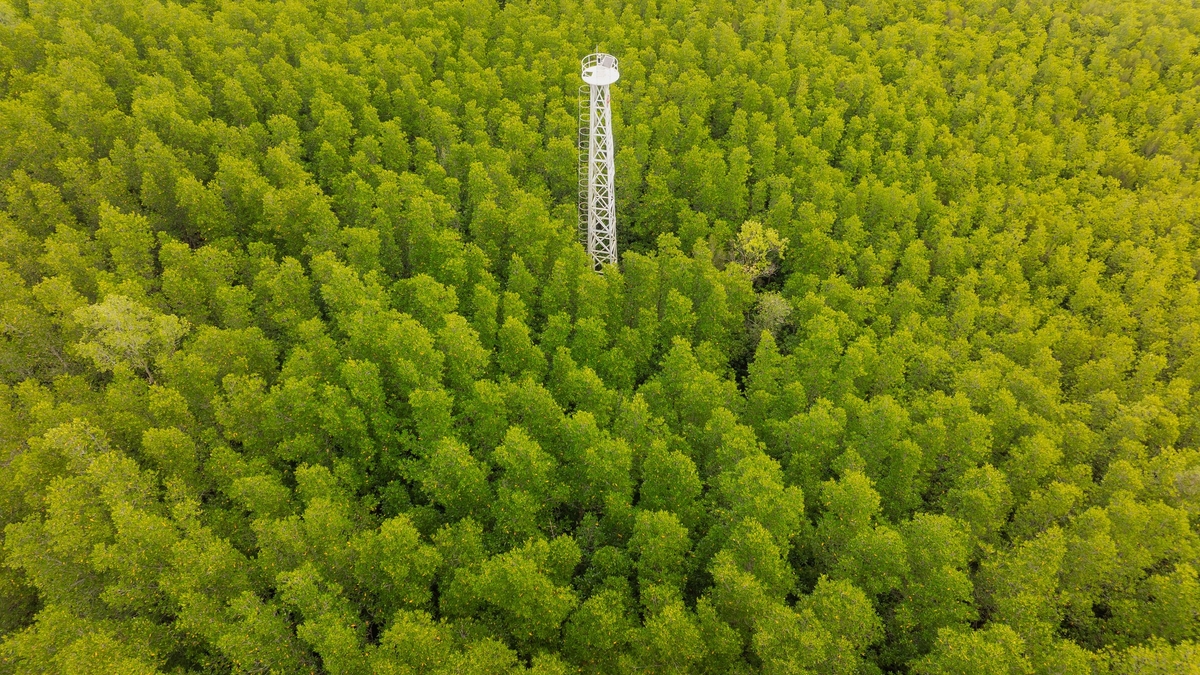

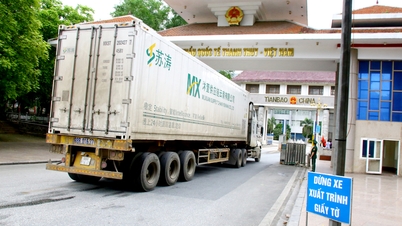



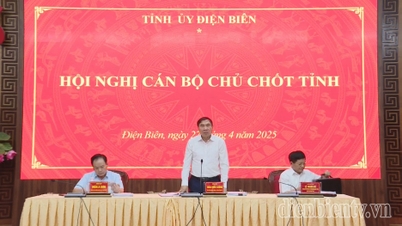
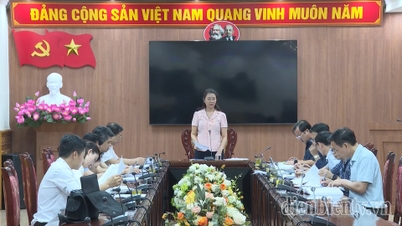
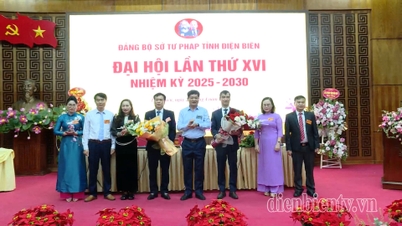


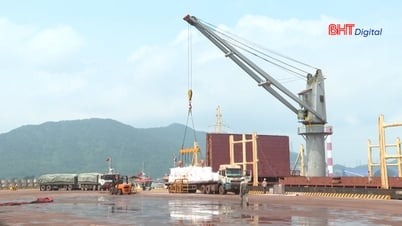
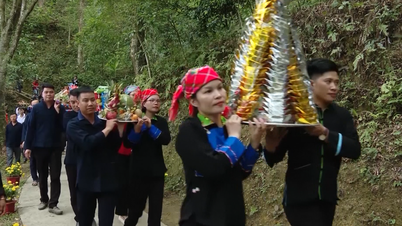

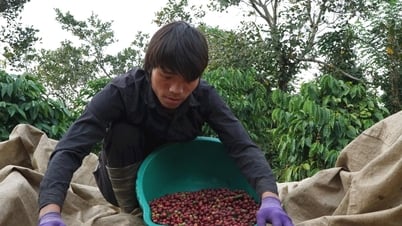





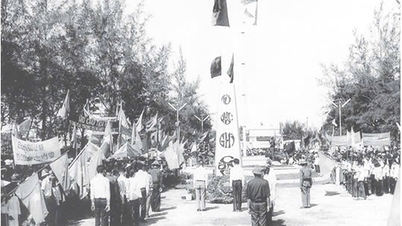



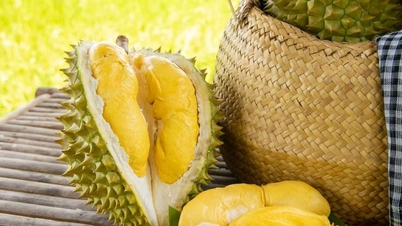
![[Photo] "Lovely" moments on the 30/4 holiday](https://vphoto.vietnam.vn/thumb/1200x675/vietnam/resource/IMAGE/2025/5/1/26d5d698f36b498287397db9e2f9d16c)
![[Photo] Binh Thuan organizes many special festivals on the occasion of April 30 and May 1](https://vphoto.vietnam.vn/thumb/1200x675/vietnam/resource/IMAGE/2025/5/1/5180af1d979642468ef6a3a9755d8d51)



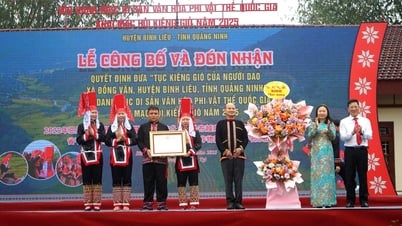









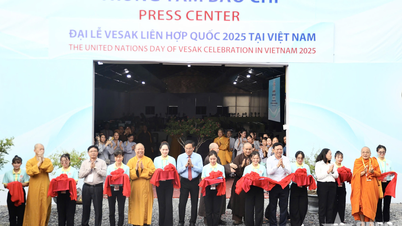
























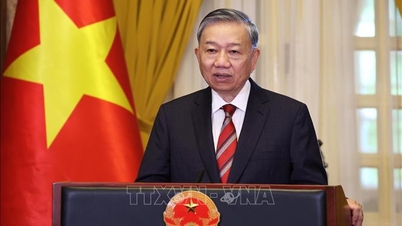











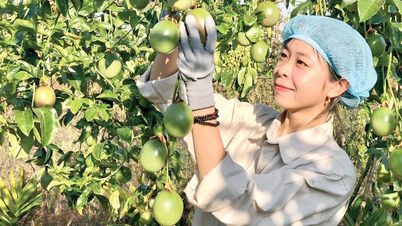










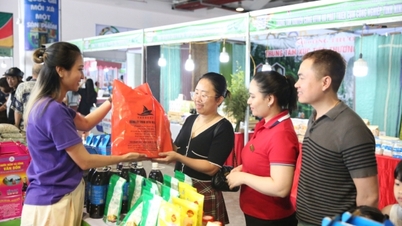



Comment (0)